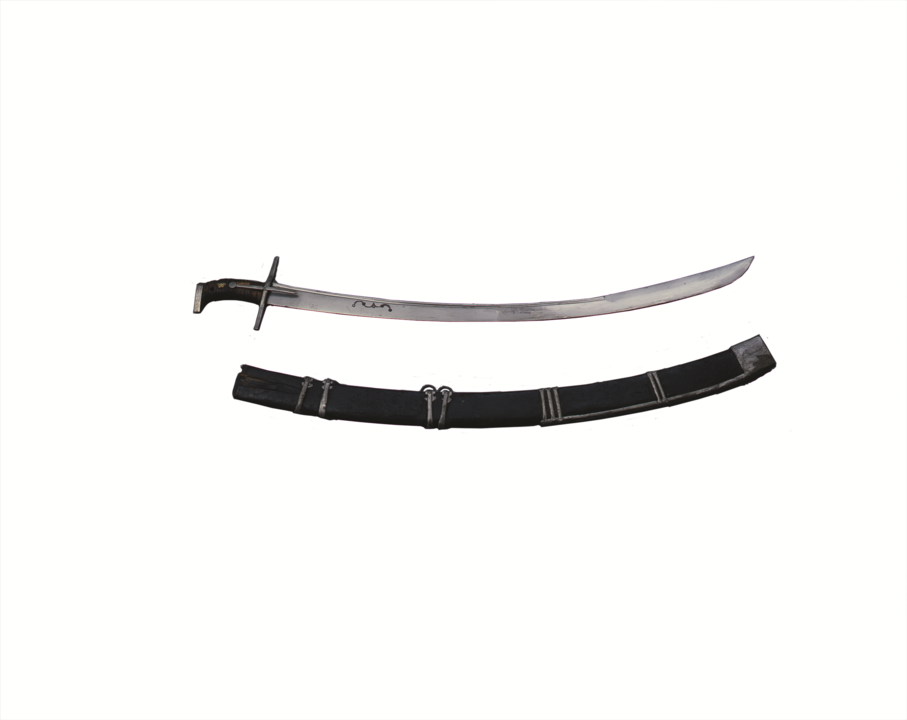It was not just the light cavalry in Hungary, Poland and other eastern European countries that were influenced in their choice of weapons by the Ottomans: the sabre also became common in Styria. Despite its name, the Hungarian sabre was produced in Styrian workshops.
Discover the
Universalmuseum Joanneum
Graz
Styria
Closed

More than 85 animal species from all continents live in the Herberstein Animal World.
Universalmuseum
Joanneum
Back to Universalmuseum Joanneum
Styrian Armoury > Discover > Collection > Edged weapons > Hungarian sabre

Image Credits
From the last quarter of the 16th century on, the Styrian estates equipped light Hussar cavalry, who were mainly used on the Military Frontier. They were recruited from the Christian population in the border area of Hungary and Croatia, who had already been familiar with Ottoman fighting techniques since the 15th century and, due to their agility and intimate knowledge of the terrain, could be better used against the Turkish cavalry (Akinjis) than the heavy cavalry (cuirassiers). Accordingly, their equipment was adapted to that of their enemy, which is reflected in both the protective equipment and the use of the sabre. The sabre is an old weapon of the Mongol cavalry, brought by the Ottomans to Europe via the Balkans from the second half of the 14th century on and adopted by the Hungarians in the 15th century. In the last quarter of the 16th century, it finally became prevalent in Styria too. Despite its name, the Hungarian sabre was produced in Styrian workshops.


















